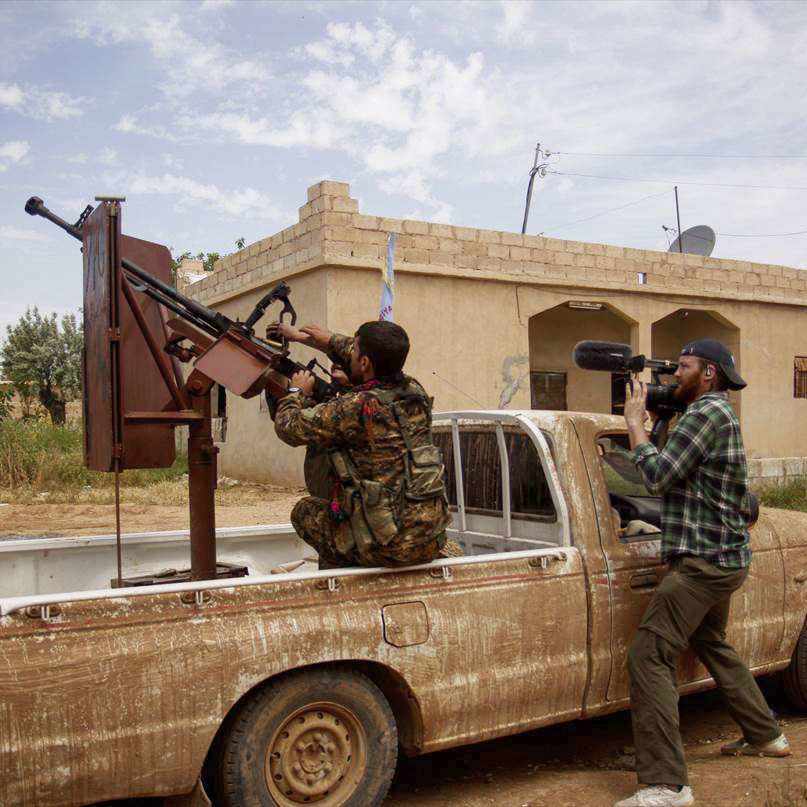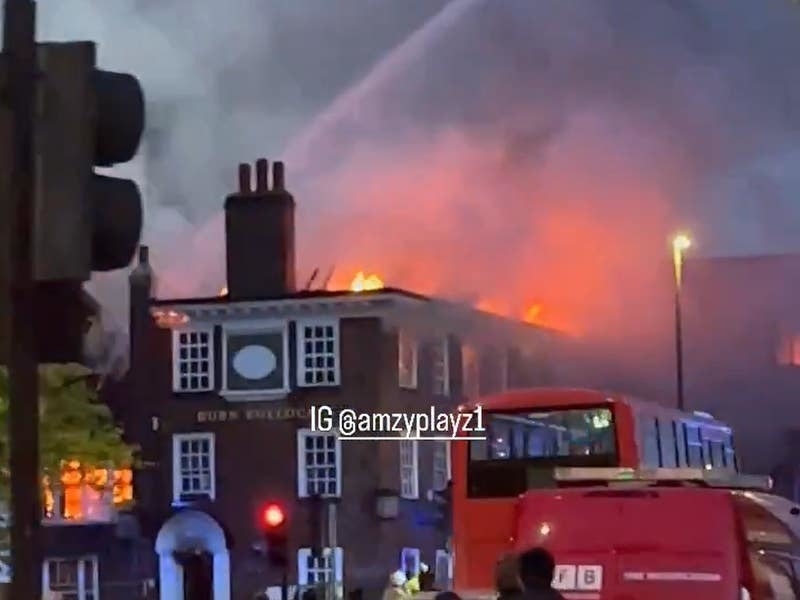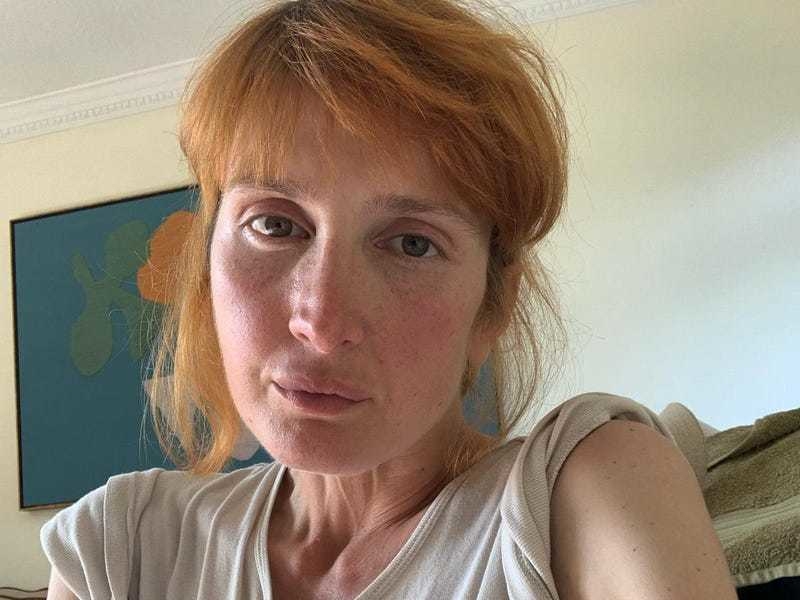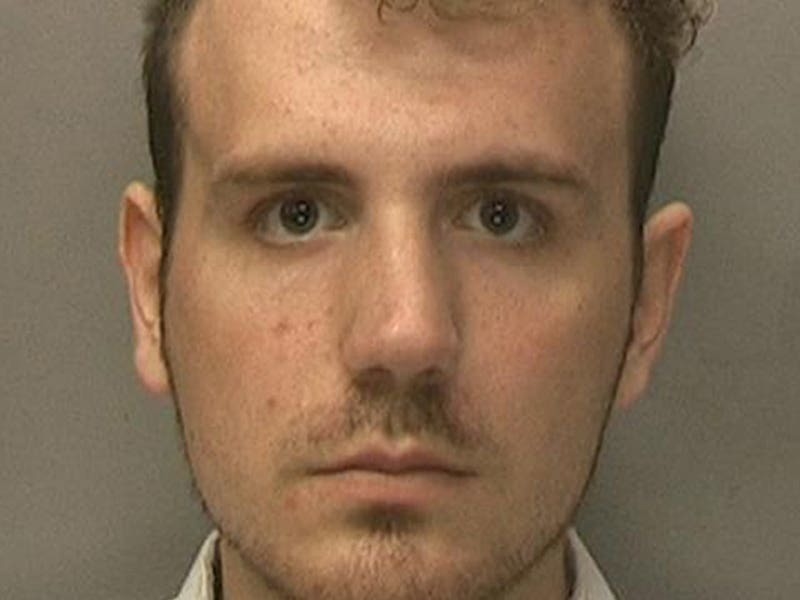So, in 2010 he swapped his side arm for a camera and began shooting film instead of bullets as part of the British Army’s Combat Camera Team – a special unit that documents military life and deploys with squads as they battle enemy combatants.
His work with the CCT included capturing the first ever 3D footage of British troops in combat during a night raid that turned into a five-hour siege to save a wounded squad member.
Following two years with the unit he left the army to become freelance filmmaker, later turning his lens on an area that mainstream western journalists have struggled to access – Syria.
With a small team of fellow filmmakers who were also ex-soldiers, Mr Gris, ‘Mau’ to his friends, travelled to Syria to document the journey of three Brits who had signed up to fight alongside a Kurdish People’s Protection Unit, known as the YPG, as they fought Islamic State militants, ISIS.
The struggle has attracted volunteer fighters from around the world, but the remote and dangerous environment has meant that little direct reporting has taken place.
On Wednesday Mr Gris’s film ‘Frontline Fighting: The Brits Battling ISIS’ was shown on Channel Four and on the same night the 32-year-old also gave a talk about the project to Islanders at the Radisson Blu Hotel.
His documentary follows ex-IT worker Jac (22), Harry (28), a former currency trader and Jim (40), an ex-soldier and former peace activist, as they joined the ‘Lions of Rojava’ to fight alongside Kurdish forces.
The unit comprises western fighters and uses Facebook and its own internet page to promote its battle against ISIS and to recruit volunteer fighters and non-military workers.
Mr Gris said he began researching how volunteers were signing up and quickly decided to make a documentary about the topic.
He and ex-soldiers-turned-filmmakers George Tyldesley and Michael McEvoy followed the three British volunteers as they trained and later took part in an operation to clear villages of ISIS forces, before working their way up to command headquarters in the Abdulaziz Mountains in north-eastern Syria.
‘As an ex-soldier it just blew my mind that the internet was enabling people to get involved in a war if they fancied it,’ Mr Gris said.
‘I researched around that and had the idea to follow these westerners as they went out to fight.
‘Jac is a 22-year-old ex-IT worker who got fed up with being at home and wanted to give his life meaning as far as I can tell.
‘Harry is a former currency trader and the way he tells it is he joined up because of his fanatical dislike of what ISIS is about and to ensure that democracy and what the Kurds are doing doesn’t die.
‘Jim is a former peace activist who is driven by this sense of moral outrage.
‘He had been in the army before so I think there was a slight element of him wanting to put those skills to use in a righteous fight.
‘The YPG also has American fighters who are there for sort of a weird quasi-religious reason.
‘There are a whole bunch of mad men there too. We were lucky as we were with a fairly stable bunch.
‘The unstable ones would pick up medication from the floor to eat it and others would play with body parts and that sort of thing.
‘There’s order there as well as the YPG does have a command structure.
‘Within our group there were two Americans, a Canadian, a Portuguese man and three Brits. Elsewhere there were a lot of Australians, a guy from China, people come from all over to fight. There was also a gang of Dutch bikers.’
Mr Gris and his team spent two weeks with the YPG in May this year, but said he was clear with squad leaders that his crew were not there to fight.
The documentary shows the multi-national volunteer force moving through villages in pursuit of ISIS fighters and records the deaths of several members of the unit.
Mr Gris said he thought his parents – Mary and Fernando – were proud of the documentary, but explained that he initially had to sugar-coat the expedition.
‘I had to warm them up to it,’ he said.
‘I started off by saying I was going to Iraq, then said I had to go to the Syrian border then that I had to stay in Syria for a bit.
‘But now they’ve seen the documentary in full HD. I think they’re proud, but mum did say “you didn’t tell us the half of it”.
‘The YPG we were embedded with drove us forward to the frontline. It was a small sort of hamlet village.
‘There was a large earth wall built up on the western side and on the other side was a field of about 800 acres and a village with an ISIS flag flying in the southern corner.
‘It was a sniping battle at this stage so if you were standing up and moving around you had to do so quickly or somebody would take a shot at you. And at one stage we had a mortar round land fairly close to us.
‘We were there for about two weeks. The guys were there to hold the line.
‘The larger operation involved two pincer movements.
‘We were waiting to join up behind the frontline or sweep through and clear up behind them.
‘What happened in the end was that at the end of the second week we decided to take part in the northern pincer movement.
‘We ended up being involved in a number of village clearances, which led to ISIS headquarters at the top of the Abdulaziz Mountain Range.
‘It was very different to being in the British military. It was a lot more chaotic.
‘From my narrow experience with the YPG it appears they have a lot higher attrition rate.
‘While we were there we had two people shot and wounded.
‘It was pretty crazy and at times felt like you were out on a limb.
‘We met some stiff resistance in the first village and it took two days to clear it.’

The well-spoken filmmaker lives in London and is a former pupil of Downside School in Bath, one of England’s oldest and most distinguished Catholic schools.
He gained a sociology degree from Exeter University before joining the British Army as a member of the Household Cavalry and later completed a masters in TV journalism.
His experience in combat zones, first as a reconnaissance troop leader scouting enemy positions in Afghanistan and later as a forward air controller coordinating air strikes and troop extraction, meant he was in familiar territory while following the Lions of Rojava.
His camera training began after a particularly bloody winter tour in Afghanistan in 2009/2010 when he transferred to the Army’s Combat Camera Team.
‘While in Afghanistan that winter I decided that I had had enough of soldiering,’ he said.
‘It was one of the bloodiest tours there had been and I was evacuating soldiers every week who were either dead or severely injured.
‘It was an horrendous thing to have to do and I realised that I was done with it.
‘So I joined the Combat Camera Team. We shot the first 3D footage of British troops fighting. It was incredible.
‘On 4 July 2013 the Household Cavalry were going out and they offered me and the camera team a few spots on a night raid on a Taliban command post.
‘My team got split up among the troops.
‘We came in and it all looked quite calm, but there were quite a heavy number of fighters to the north.
‘We got attacked and one guy got shot in the neck.
‘That kicked off a five-hour fight to get this guy out, which we eventually did.
‘It became the most highly decorated operations of that tour and was the first time that a photographer was recognised for bravery since the Second World War.
So what comes next for the 32-year-old?
Mr Gris said he was interested in a few wildlife-related ideas about counter-poaching measures and that he also planned to continue ‘mining Islamic fundamentalism’ as a topic.
‘I think that ISIS has done a really good job of scaring large western media outlets and have been effective in making it untenable for them to go out to places like Syria,’ he said.
‘Western journalists are on the menu now. You are an active participant and you are going to die if you get caught.
‘There are people who are prepared to do that, but the big corporations are not prepared to run the risk of having one of their guys going out to these places.
‘So there’s this massive black hole about what life is really like on the ground, which is making it hard for people to make their minds up about what is going on.’






